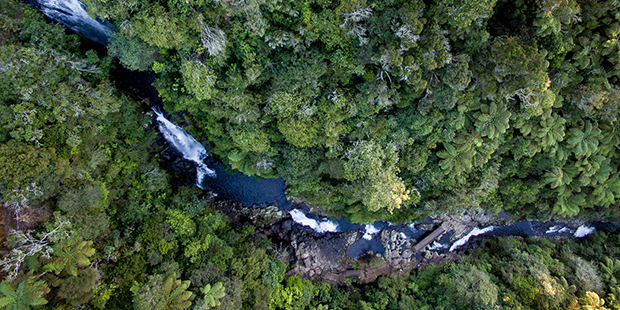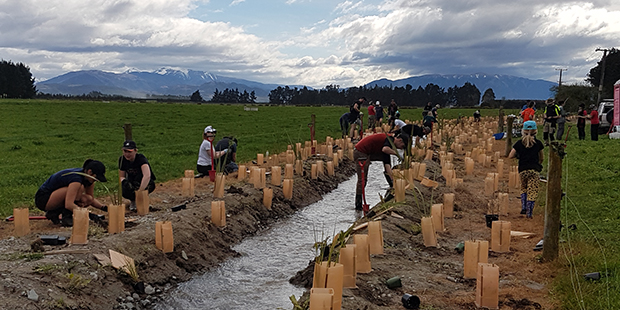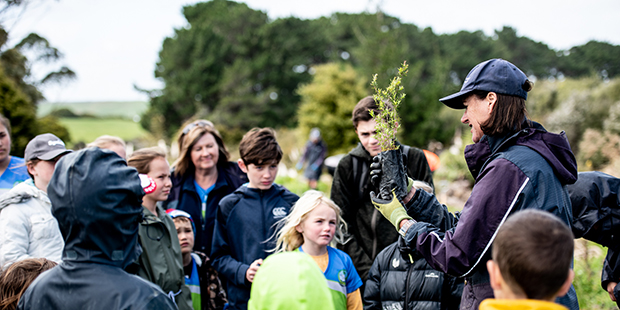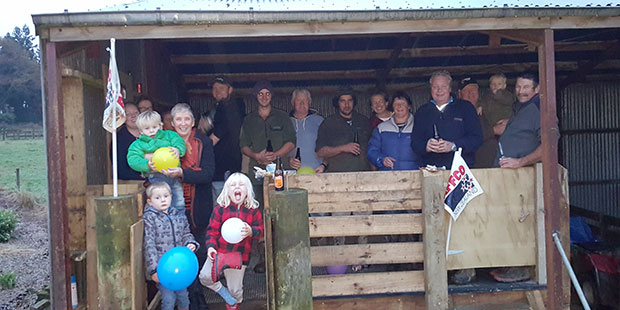Water plan evokes ‘fiery emotion’
Community rallies behind steps to arrest the decline of a harbour considered a sacred treasure.
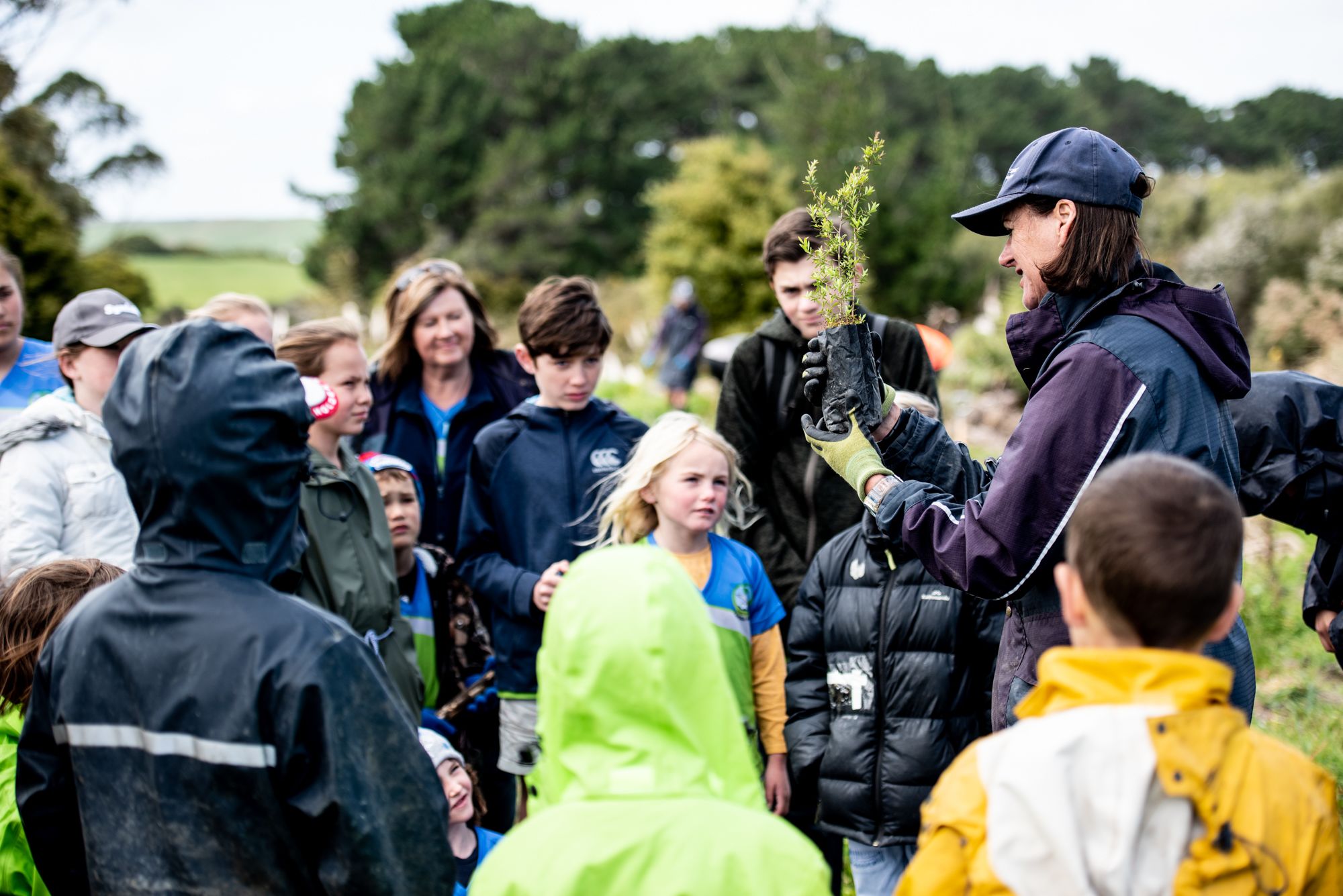

Two brothers with links to people among the earliest to sail into the Kaipara Harbour around 700 years ago are playing key roles in work to restore the harbour’s environment - and are bringing a large number of community groups with them.
Earle and William Wright are among those at the forefront of efforts to coordinate a diverse range of groups looking to stem the decline of the harbour’s fragile eco-system.
Farmers, iwi, conservationists, school students and recreational users such as quad bike riders, fishing and horse riding clubs are among those being asked to focus on the health of the harbour - which is a migatory bird habitat of international significance and an important fish breeding ground.
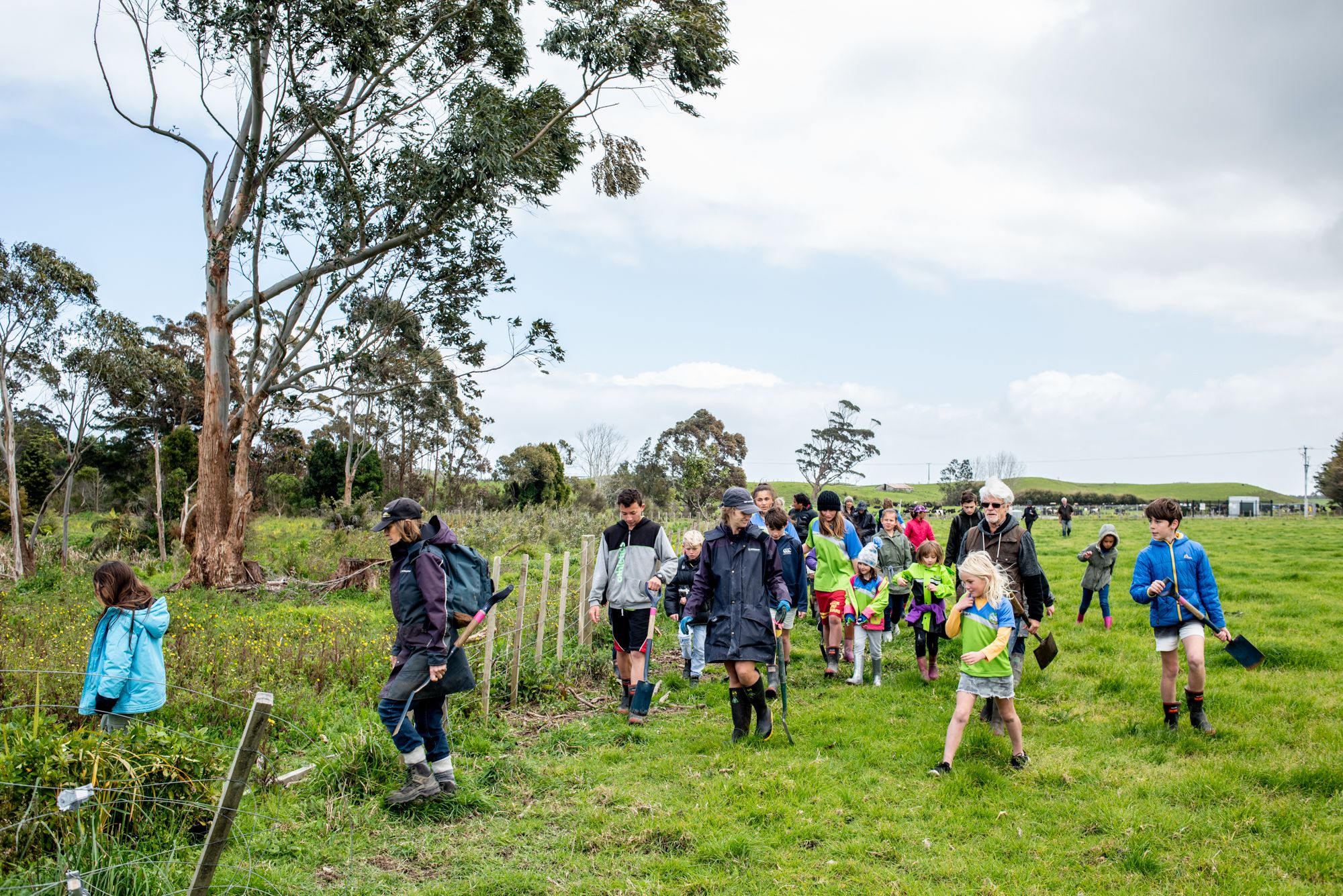
Picture / Supplied
Picture / Supplied
“We’ve spent much of the last five years talking with anyone who has a history (with the harbour),” says Earle Wright. “Some of these meetings have been very fiery; emotion is the first response for some people, especially if they are thinking about how measures will affect them personally.”
But Wright says agreement has been reached on a management plan to be rolled out in February (which will restrict some activities and allow for ongoing public education). This, together with the recent announcement by Prime Minister Jacinda Ardern that the Kaipara will be the first in New Zealand to tap into the government’s $12m clean waterways fund, means momentum is building.
“It is a great source of pride for us,” he says. “We now know we can do it and ten years from now people will see massive change.”
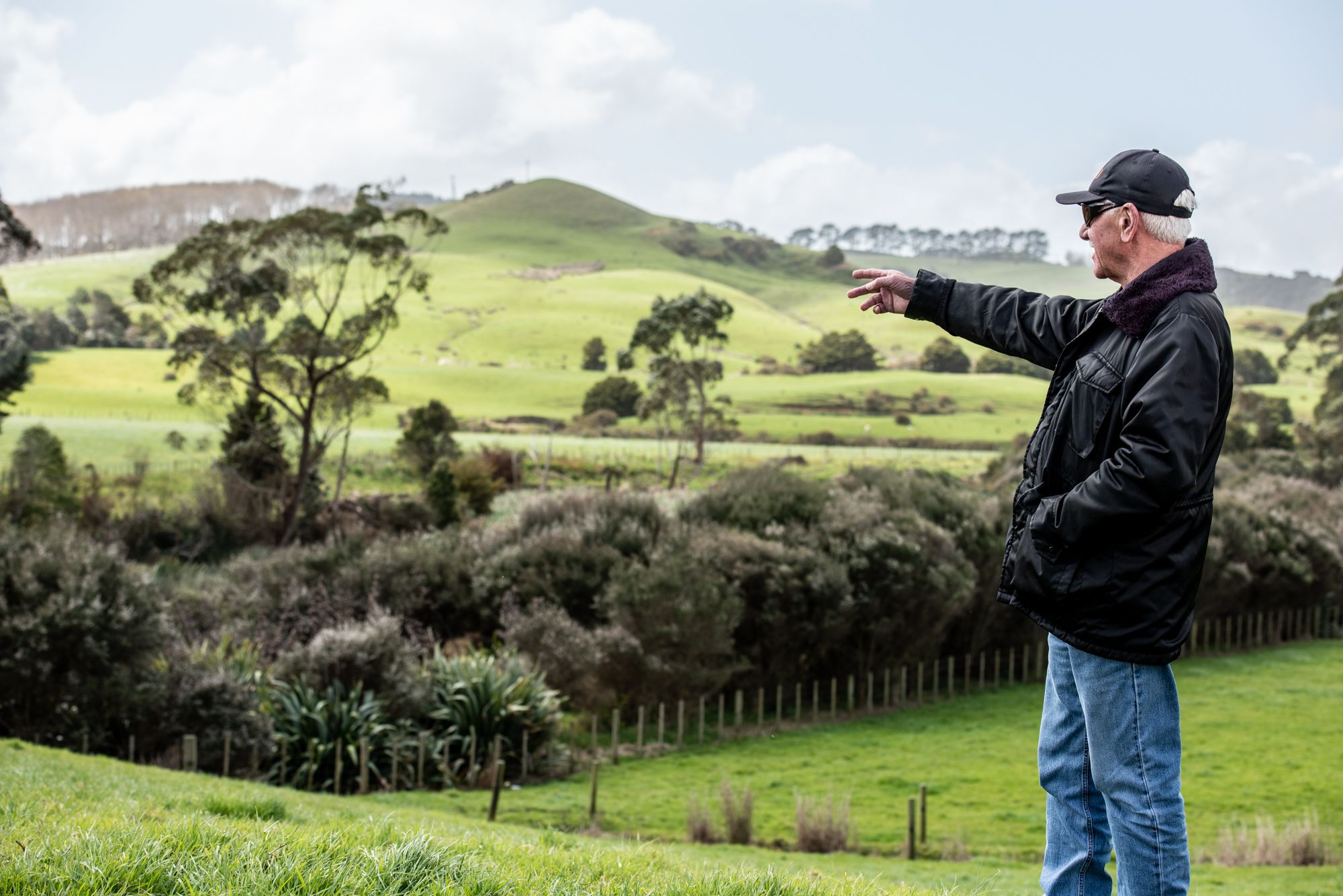
Picture / Supplied
Picture / Supplied
For the Wright brothers, the harbour is a sacred treasure. They descend from the Mahuhu-ki-te-rangi waka which Ngati Whatua tradition says (according to the Te Ara Encyclopedia of New Zealand) landed on Taporapora Island (today known as Manukapua or Big Sand Island) at the harbour entrance.
The landing is said to have been during the period of early Maori settlement of New Zealand, widely considered to have taken place around 1320 - 1350.
William Wright is chairman of the Integrated Kaipara Harbour Management Group (IKHMG), an organisation established by Ngati Whatua in 2005. Earle, who runs a 120ha dairy farm backing on to an estuary in the harbour, represents land users as chairman of the Tapora Landcare Group and is also one of 15 climate change ambassadors for DairyNZ’s Dairy Action for Climate Change programme.
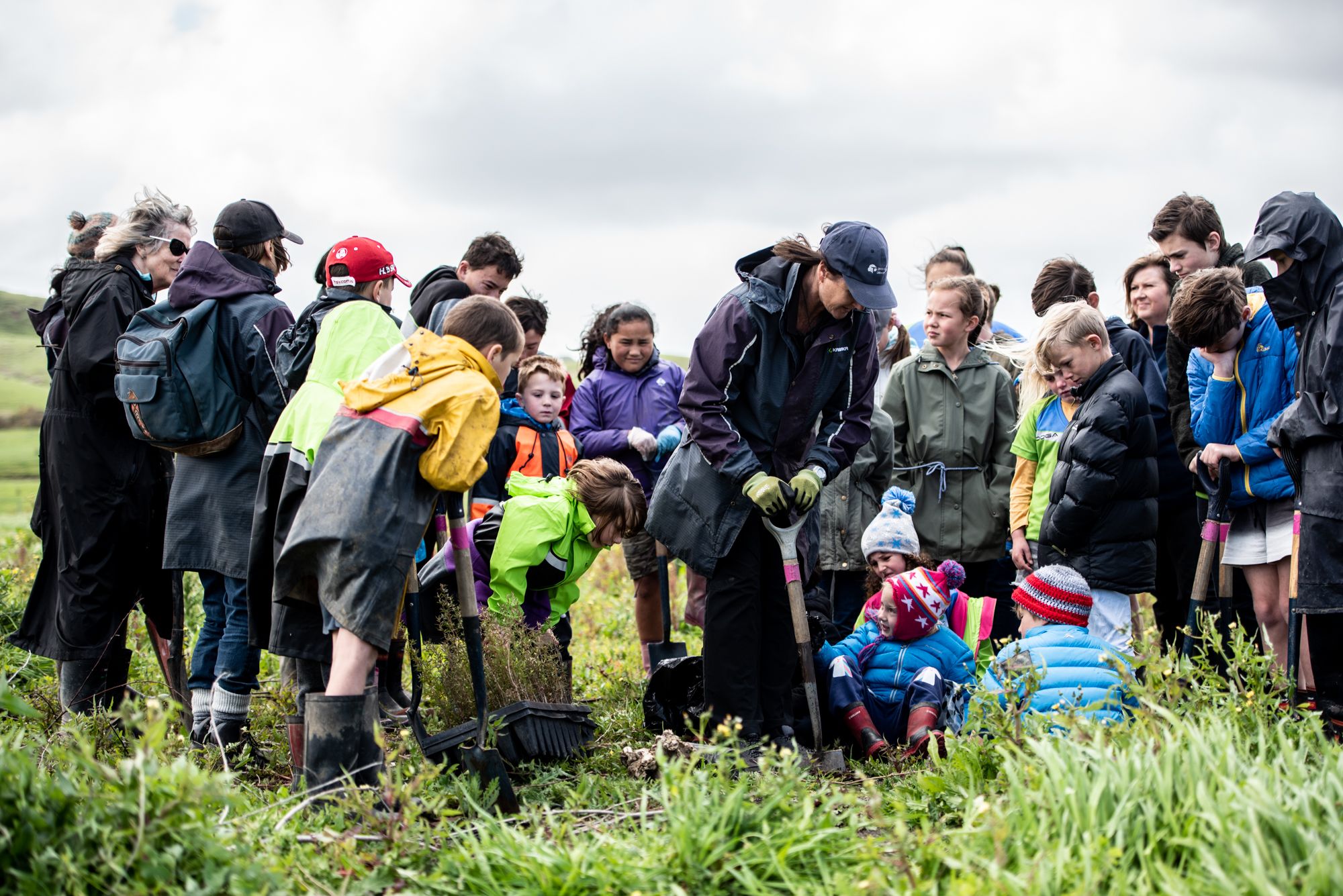
Picture / Supplied
Picture / Supplied
While Earle Wright has been carrying out work on his farm over several years to reduce sediment run-off into the harbour (he has planted almost 10,000 native trees and grasses and fenced off land bordering an estuary) he is also focusing on restoration at two reserves - one neighbouring his farm, the other a 1000ha block near Big Sand Island - and the island itself.
Wright has organised community planting days at the reserve backing on to his farm, work he has also got students from nearby Tapora Primary School involved in.
“We’ve put about 4000 plants in so far, a mix of flaxes, cabbage trees, manuka and kanuka,” he says. “It had become a real eyesore; it was covered in gorse which I’ve been spraying and paying for out of my own pocket for about 10 years.
“It has also been a chance to teach the school kids about kaitiaki (environmental guardianship) and to encourage them to think about the long-term. As I tell them we can’t change the world, but we can clean up our own backyard.”
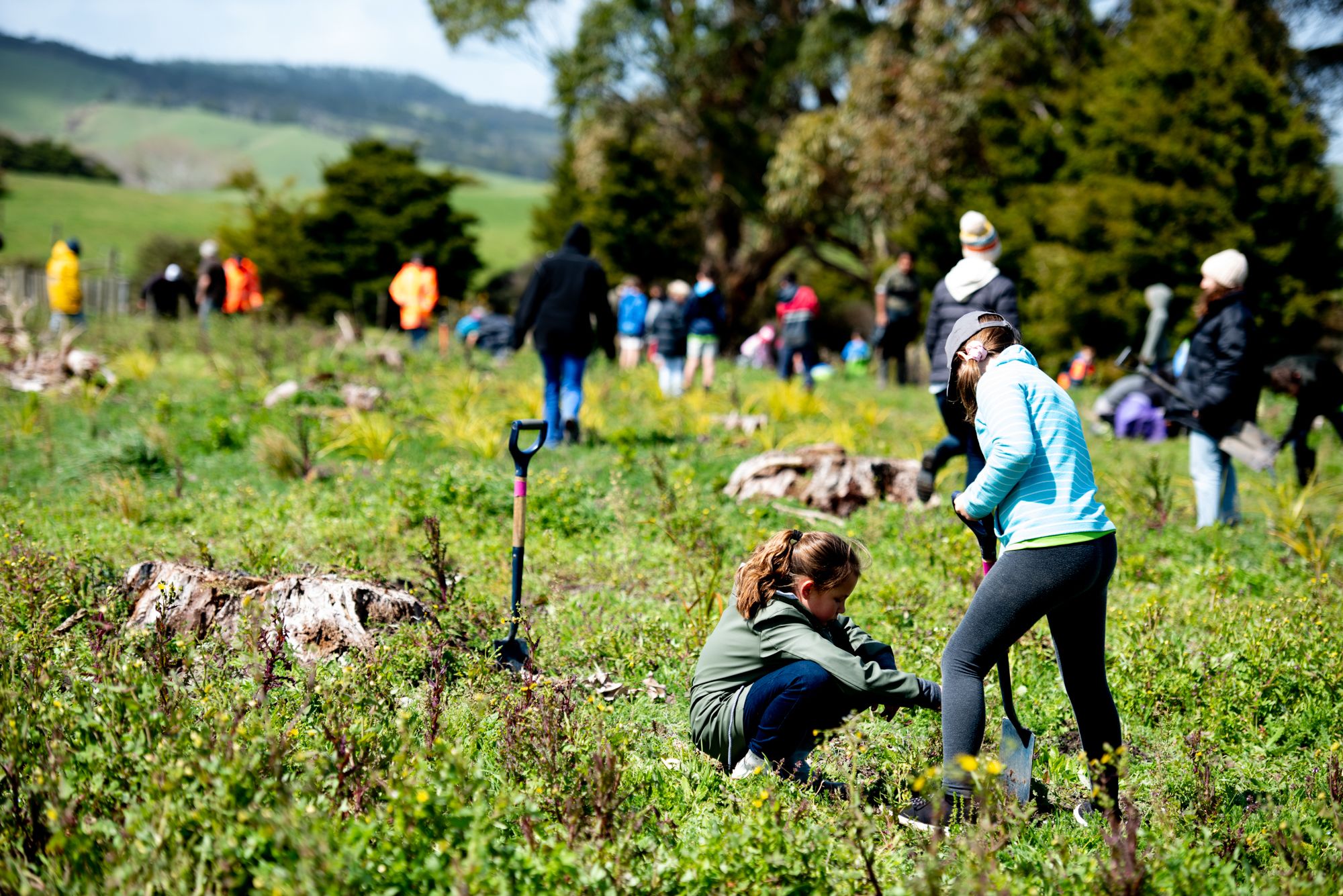
Picture / Supplied
Picture / Supplied
Wright says sediment loading is the Kaipara’s biggest issue: “There are five rivers and about 79 estuaries feeding into it through which more than 750,000 tonnes of sediment flow into its waters every year. That’s equivalent to 2000 tonnes or 67 truck and trailer loads a day.”
Wright says work at the reserve on the Okahukura Peninsula near the harbour entrance and the nearby Big Sand Island is especially significant, not only because it was the landing place of his waka.
According to the Visit Wellsford website, the area is a wildlife refuge and home to thousands of birds including the dangerously rare New Zealand Dotterel and migrant birds that visit in the summer to escape the Siberian and Alaskan winters.
Wright says the area borders farmland and people have been driving all over it: “They’ve really had no idea what they’ve been doing which is why we’ve spent such a long time talking to the various users.
“We still want the public to have access for fishing and bird watching, things like that,” he says. “But the new management plan will restrict the number of vehicles and will discourage other activities like the lighting of fires.”
The IKHMG was established in 2005 with the aim of utilising both traditional Maori philosophy and western science to create a healthy and productive harbour. New Zealand’s largest estuarine ecosystem, the IKHMG website says over time the Kaipara has suffered significant loss and remains under stress.
“Traditionally the Kaipara has been a food source for Maori,” says Wright. “But this has declined with the degradation that has taken place and so as Maori my brother and I feel obliged to do something about it; I do it at a local level, while he does it on a wider district level.
“We are getting results. On my farm the snapper are back in the estuary, something we’ve not seen for 20 or 30 years; 10 years ago the only thing we were catching were mosquitos.”


